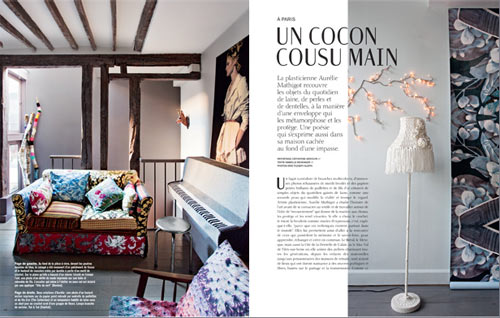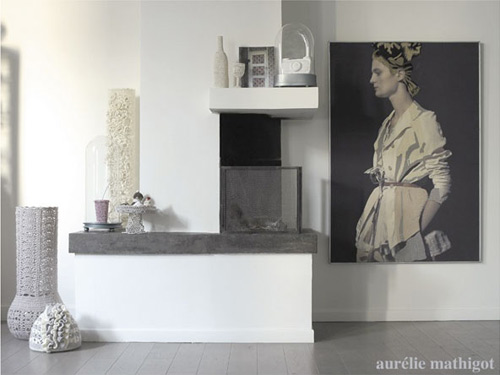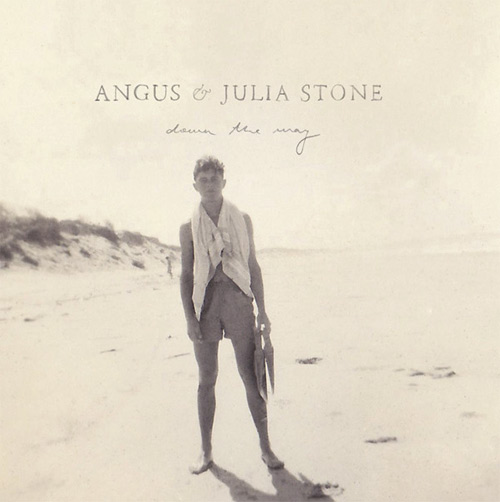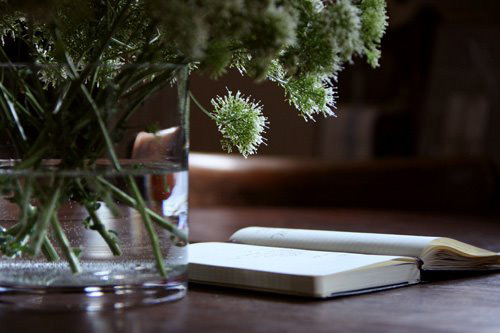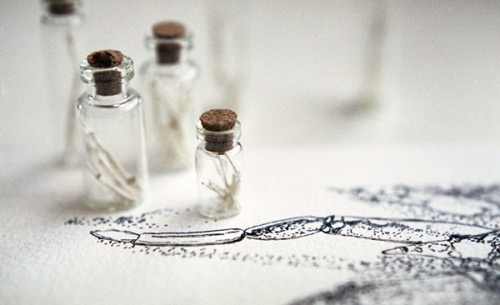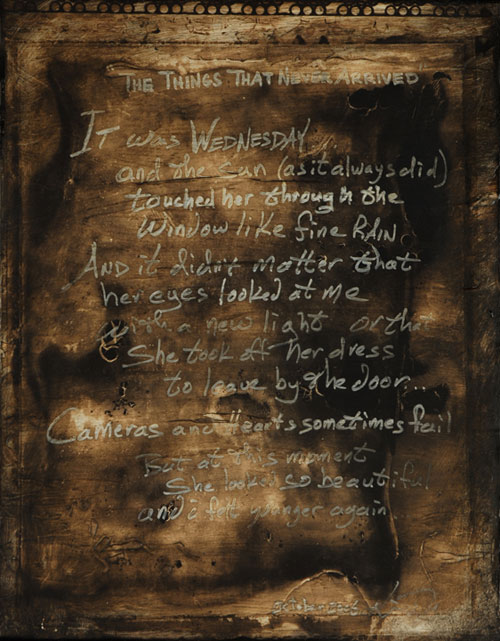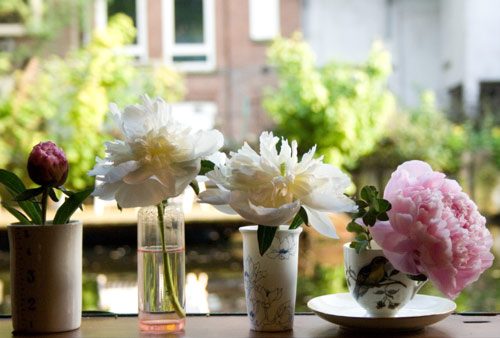

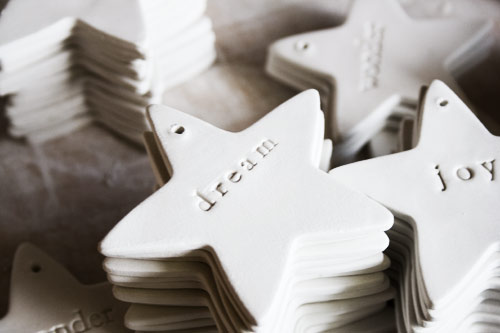
This morning over breakfast (my edible sunshine is almost gone btw and yes, I’m fretting) I told French Boy that the verdict was in: the question you had asked me the most was “what camera do you use?”. He thought it would be funny if I told you that I have lots of cameras and each of them is a one-of-a-kind apparatus handmade in a tiny, unknown village in Japan and it’s near impossible to get one…
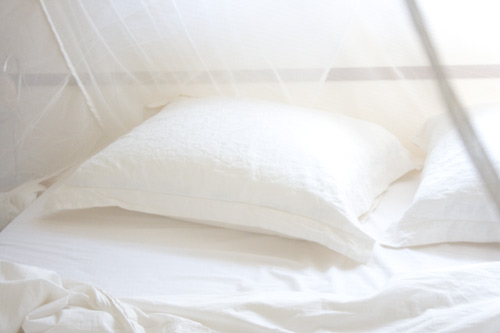

I thought that was a bit funny too because well, it’s alot more interesting than the truth.
The truth is that what you see on this blog, and in all my published works like the photographs in Paris: Made by Hand, Amsterdam: Made by Hand, and editorial spreads like this one…
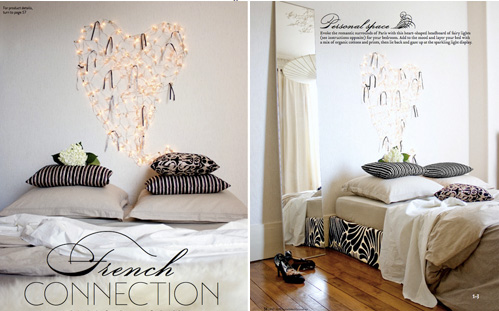
…are all shot on one camera, with one lense. The camera is called a canon 400d and it’s possibly the least fancy, already out-of-date piece of digital equipment around. The lense I use is the lense it came with which is a standard 18-55mm. I bought the camera 3 years ago when I moved to Paris. It was my first ever digital SLR.
Before that I had a 35mm canon AE-1 which I have had since I was 15 years old when I started learning photography. I never had different lenses for it. And the only reason I don’t use that camera now is that it began growing some sort of mildew in it and whenever I developed the film there would always be a blur in the top right corner of every photograph. I had it ‘fixed’ twice but the mildew kept growing back.
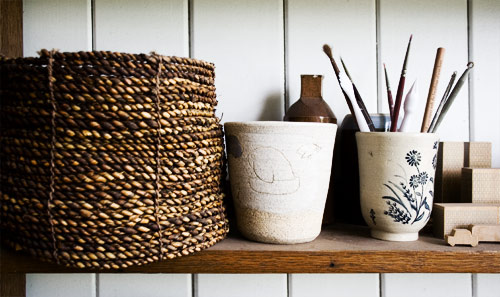
There is no trickery involved in my photography - I only use available light and I abhor the flash so I never use that. I don’t know how to use the digital settings on the camera at all. I just set the dial to ‘m’ for manual and use it like I would a film camera, with the only difference being that I can adjust the ‘film’ speed (I don’t even know what it’s called in digital language) with each shot in the camera, willy nilly. In fact, that is one of the only reasons I finally went digital. For years I couldn’t make myself do it and then finally, when I thought about the advantages of being able to change my ‘film speed’ without changing film, I thought yeah, I’ll give it a go.
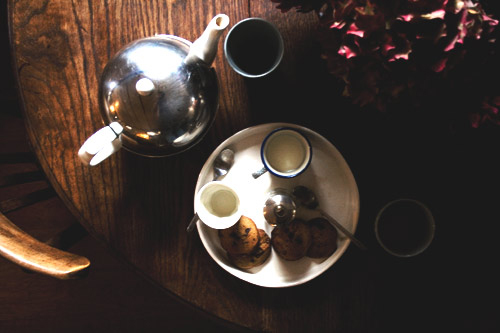
I have a university degree sub-majoring in photography and studied it as an art form full time for 3 years so it’s not possible to give you a run down of everything I know about the subject. Not only that, I’m far from being an expert. and not only that I am not a teacher nor do I have any desire to teach it at this stage in my life. BUT. I can give you a few helpful ideas if you like?
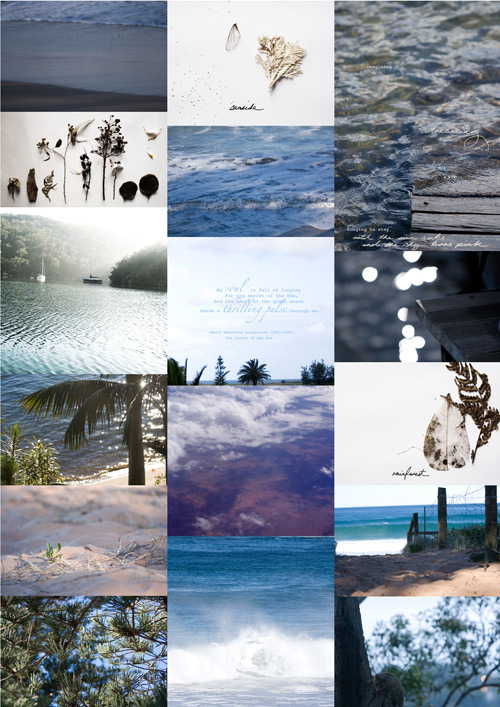
As far as being able to photograph things the way you see and feel them, I can’t help you with as that comes with practice. But I can tell you these tips that might be useful:
1. short depth of field. It’s what we love – that tiny focal point when the rest of the shot is out of focus. This is achieved by having a low-numbered aperture -this allows the most light in and gives you that soft, atmospheric image that we all like. Try to get a camera where you can adjust the aperture. Go as low as you can go (i.e. f2.8 is a goodie).
2. learn to see detail. take your time with looking through the viewfinder and scan your eye from left to right, right to left, up and down, down and up the frame. You will get quicker at it as time goes on, but in the beginning just take your time.
3. be steady. Learn to hold your camera correctly, focus all your attention on the shot and then press the button. I realise I probably exhale just before I press the button which helps to be steady. Use a tripod or prop your camera up on something steady if you are shooting in low light – also use the self-timer so that you do not get camera shake with the press of the button.
Until recently I have only ever had one camera at one time but these days, I have a canon G10 for snapshots, documenting ideas and recording little videos, and a secondhand polaroid 1200si for fun…
 canon G10 for snapshots
canon G10 for snapshots
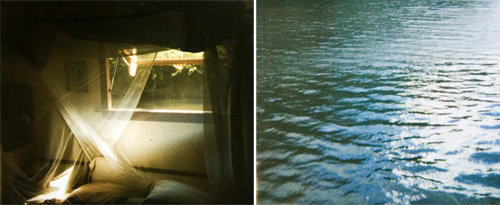
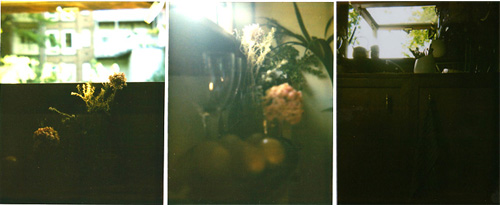 polaroid 1200si for fun.
polaroid 1200si for fun.
When I go on a commissioned shoot I usually just carry two things – my backpack which has my canon 400d, an extra lense, an extra battery - and my tripod. That’s it. I am certainly no camera gear expert and I’m usually lost when other photographers talk to me about lenses or the latest digital camera functions – I know what I need, and that’s all. I do almost everything to the photograph in camera as opposed to ‘in post-production’. I don’t have alot of time for re-touching or photoshop work as I have to take and process hundreds of images for my book projects – for example, I took over 5000 images when shooting for Paris: Made by Hand – that’s about 100 images in 50 locations. Then there is the processing and delivery of the images which is all part of the job. For editorial work I often only take a maximum of 20 photographs for the day of shooting – all the work is done on site – the set design, the styling, the lighting, photography and processing, and all of that takes a serious amount of team work – there are at least 5 people working on the day. As a professional photographer there is rarely the chance to sit with your images for long periods of time and play with them in post-production. Instead, everything you have ever learnt about making a beautiful image comes out on the day and thats where the magic happens – it’s so much fun to be a part of that, whether it’s as a photographer, a stylist, an assistant, a merchandiser, or art director.
I love photography – it remains to be one of my favourite means of story telling. And it doesn’t matter how much you think you know about it, there is always more to learn, to explore, to experiment with. I am forever learning every single time I pick up my camera and take a photo. I cannot recommend it enough as an art form and I suggest that if you have an interest in it too then do yourself a favour and book yourself into a local, hands on photography course. Because truth be told mes amis, it’s not the camera that takes a good photo, and every good photographer will tell you that.
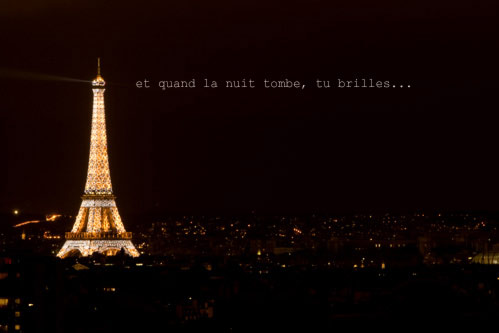
Okay so that’s it! That is my last post for a while. And this will be my last post about camera equipment and such as I actually have very little interest in the technical stuff.
I am going to miss you guys while I’m in isolation-writing-retreat mode. I’ll be thinking about you everyday no doubt, and wondering what you are doing. But I will look forward to coming back all the more and reading your blogs and catching up. I have so much to share with you when I get back – with the book launch coming in June I have a bonanza of fun in store for the (blog)house when I get back.
See you soon my dear friends! And don’t forget to check out the archives for some inspiration if you feel the urge. I recommend just clicking on a random month in the archives widget in the right hand side bar, I find that to be the best way for rediscovering forgotten posts. But also, check out blogs in my blogroll as there is oodles of inspiration to be had there – I’ve updated it lots lately so there are new blogs for you to explore. And finally, here is a list of some of my random favourites posts…
playing with props and peonies
the sounds of my floating home in summer
and
and when it storms.
the sounds and sights at the carousel in paris…
and the sights and sounds in the rainforest in queensland, australia.
a photographer who I’m inspired by continually
and another I adore.
some interiors to ogle,
and nests to build.
à bientot!
xx


